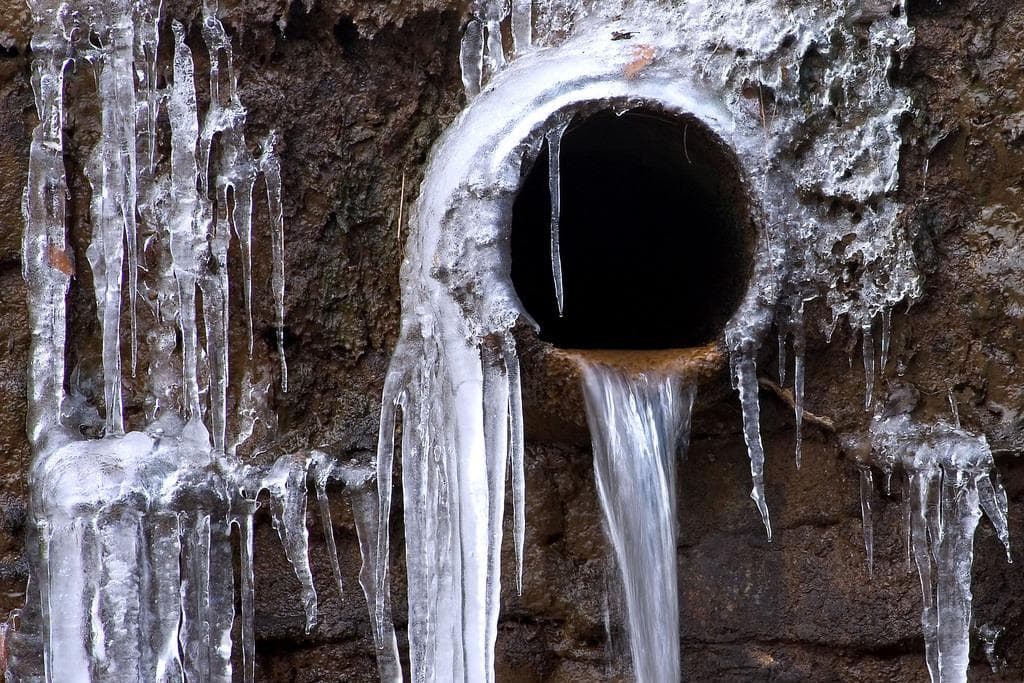Preventing Pipes from Cold Weather: Best Tips
Preventing Pipes from Cold Weather: Best Tips
Blog Article
In this article further down you can find some worthwhile answers in regards to 6 Ways to Prevent Frozen Pipes.

Cold weather can ruin your plumbing, specifically by freezing pipelines. Right here's how to avoid it from occurring and what to do if it does.
Introduction
As temperatures decline, the danger of frozen pipelines increases, possibly causing costly repair services and water damage. Recognizing how to avoid icy pipes is critical for property owners in cold environments.
Recognizing Frozen Pipes
What triggers pipelines to ice up?
Pipelines freeze when exposed to temperatures below 32 ° F (0 ° C) for prolonged durations. As water inside the pipelines ices up, it increases, taxing the pipeline wall surfaces and possibly creating them to break.
Threats and problems
Icy pipelines can bring about water supply disruptions, home damage, and expensive repairs. Ruptured pipes can flood homes and create considerable structural damage.
Indicators of Frozen Piping
Determining frozen pipelines early can avoid them from rupturing.
Exactly how to identify icy pipes
Try to find lowered water circulation from faucets, uncommon odors or sounds from pipelines, and visible frost on exposed pipes.
Avoidance Tips
Shielding susceptible pipelines
Wrap pipelines in insulation sleeves or use warm tape to protect them from freezing temperatures. Concentrate on pipelines in unheated or exterior locations of the home.
Home heating techniques
Keep interior rooms effectively warmed, especially areas with plumbing. Open cupboard doors to permit cozy air to flow around pipelines under sinks.
Protecting Outdoor Pipes
Garden hoses and outdoor faucets
Disconnect and drain pipes yard tubes prior to winter months. Mount frost-proof spigots or cover outdoor taps with shielded caps.
What to Do If Your Pipelines Freeze
Immediate actions to take
If you suspect icy pipelines, keep faucets open up to soothe pressure as the ice thaws. Utilize a hairdryer or towels soaked in warm water to thaw pipes gradually.
Long-Term Solutions
Structural adjustments
Take into consideration rerouting pipes far from exterior wall surfaces or unheated areas. Add extra insulation to attic rooms, cellars, and crawl spaces.
Upgrading insulation
Buy premium insulation for pipelines, attics, and wall surfaces. Correct insulation aids maintain constant temperatures and decreases the risk of icy pipes.
Verdict
Avoiding frozen pipelines calls for proactive measures and quick actions. By understanding the causes, signs, and preventive measures, house owners can shield their pipes throughout winter.
5 Ways to Prevent Frozen Pipes
Drain Outdoor Faucets and Disconnect Hoses
First, close the shut-off valve that controls the flow of water in the pipe to your outdoor faucet. Then, head outside to disconnect and drain your hose and open the outdoor faucet to allow the water to completely drain out of the line. Turn off the faucet when done. Finally, head back to the shut-off valve and drain the remaining water inside the pipe into a bucket or container. Additionally, if you have a home irrigation system, you should consider hiring an expert to clear the system of water each year.
Insulate Pipes
One of the best and most cost-effective methods for preventing frozen water pipes is to wrap your pipes with insulation. This is especially important for areas in your home that aren’t exposed to heat, such as an attic. We suggest using foam sleeves, which can typically be found at your local hardware store.
Keep Heat Running at 65
Your pipes are located inside your walls, and the temperature there is much colder than the rest of the house. To prevent your pipes from freezing, The Insurance Information Institute suggests that you keep your home heated to at least 65 degrees, even when traveling. You may want to invest in smart devices that can keep an eye on the temperature in your home while you’re away.
Leave Water Dripping
Moving water — even a small trickle — can prevent ice from forming inside your pipes. When freezing temps are imminent, start a drip of water from all faucets that serve exposed pipes. Leaving a few faucets running will also help relieve pressure inside the pipes and help prevent a rupture if the water inside freezes.
Open Cupboard Doors
Warm your kitchen and bathroom pipes by opening cupboards and vanities. You should also leave your interior doors ajar to help warm air circulate evenly throughout your home.

I am very focused on Helpful Tips to Prevent Frozen Pipes this Winter and I hope you liked the new post. Sharing is caring. Helping people is fun. Bless you for your time. Revisit us soon.
Click Here To Read More Report this page